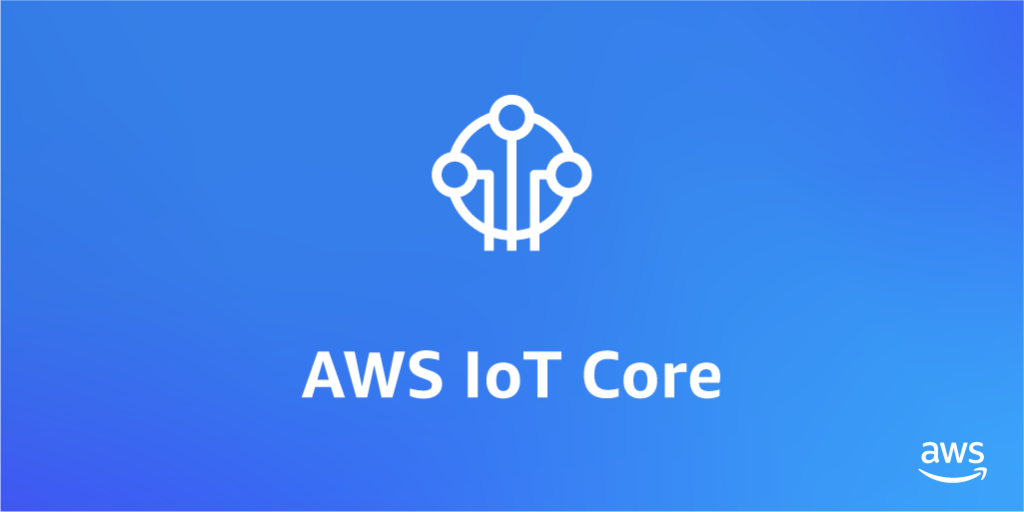Unlocking the Power of Amazon IoT Core Services in AWS: A Beginner's Guide
 Sumit Mondal
Sumit Mondal
Introduction:
The world of technology is advancing at an unprecedented pace, and with it comes the era of connected devices. Amazon Web Services (AWS) has been at the forefront of this revolution, offering robust solutions to seamlessly connect and manage Internet of Things (IoT) devices. In this blog post, we will explore the basics of Amazon IoT Core Services in AWS, demystifying the process and providing simple examples to get you started on your IoT journey.
Understanding Amazon IoT Core:
Amazon IoT Core is a fully managed service that enables devices to securely connect to the cloud and interact with other devices and applications. It acts as the backbone of any IoT system, allowing you to manage and communicate with your devices effortlessly.
Getting Started:
Set Up Your AWS Account: First things first, ensure you have an AWS account. If you don't have one, sign up for an account on the AWS website.
Access IoT Core Console: Once logged in, navigate to the AWS Management Console and locate the IoT Core service. Click on it to access the IoT Core console.
Create a Thing: In the IoT Core console, start by creating a "Thing," which represents your device. Give it a unique name and specify any additional attributes.
Generate Certificates and Keys: For secure communication, generate certificates and keys for your Thing. This ensures that your device can securely connect to AWS IoT Core.
Create a Policy: Policies define the permissions that your device has. Create a policy specifying what actions your Thing is allowed to perform. For example, read and publish to specific topics.
Attach Policy to Thing: Associate the policy you created with your Thing to grant it the necessary permissions.
Connecting Your Device:
Now that your Thing is set up, it's time to connect your device. This may involve writing a simple script or using an SDK provided by AWS, depending on the programming language of your choice.
Example using Python and AWS IoT SDK:
import boto3
from AWSIoTPythonSDK.MQTTLib import AWSIoTMQTTClient
# Your AWS IoT Core endpoint
endpoint = "your-iot-endpoint.amazonaws.com"
# Your Thing's certificate and key
cert_path = "path-to-your-cert"
key_path = "path-to-your-key"
root_ca_path = "path-to-root-ca"
# Create an AWS IoT MQTT Client
myMQTTClient = AWSIoTMQTTClient("myClientID")
myMQTTClient.configureEndpoint(endpoint, 8883)
myMQTTClient.configureCredentials(root_ca_path, key_path, cert_path)
# Connect to AWS IoT Core
myMQTTClient.connect()
# Publish a message to a topic
myMQTTClient.publish("myTopic", "Hello from my IoT device!", 0)
# Disconnect from AWS IoT Core
myMQTTClient.disconnect()
This is a simple example of how you can use Python and the AWS IoT SDK to connect your device to AWS IoT Core and publish a message.
Conclusion:
Amazon IoT Core in AWS offers a powerful yet user-friendly platform to build and manage your IoT applications. By following these basic steps and examples, you can kickstart your IoT journey and leverage the full potential of connected devices. Experiment, explore, and embrace the exciting possibilities that Amazon IoT Core Services bring to the world of Internet of Things.
Subscribe to my newsletter
Read articles from Sumit Mondal directly inside your inbox. Subscribe to the newsletter, and don't miss out.
Written by

Sumit Mondal
Sumit Mondal
Hello Hashnode Community! I'm Sumit Mondal, your friendly neighborhood DevOps Engineer on a mission to elevate the world of software development and operations! Join me on Hashnode, and let's code, deploy, and innovate our way to success! Together, we'll shape the future of DevOps one commit at a time. #DevOps #Automation #ContinuousDelivery #HashnodeHero